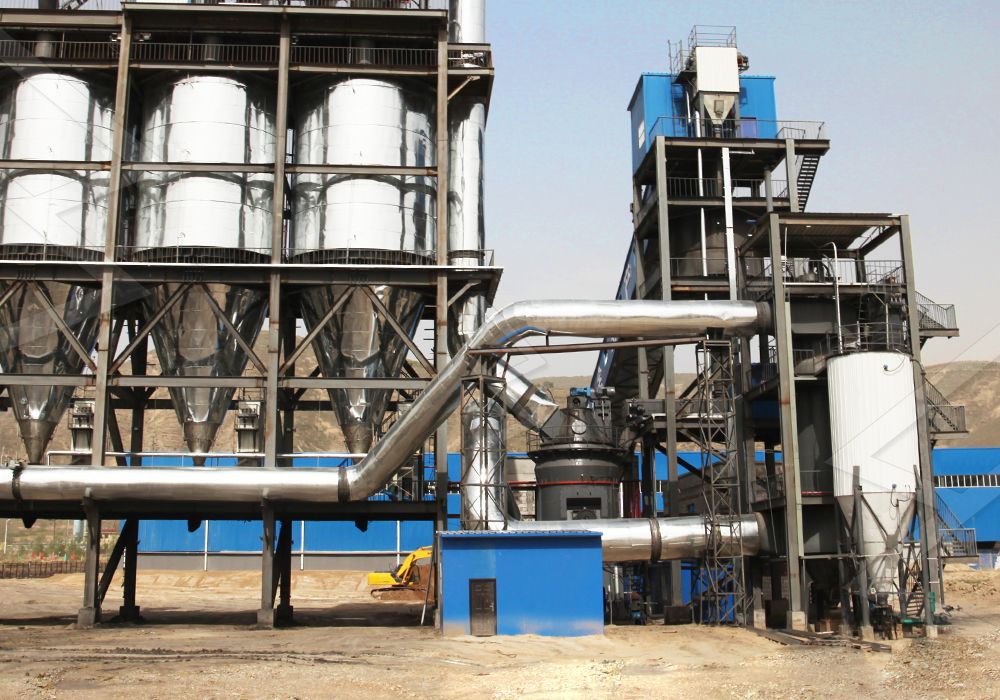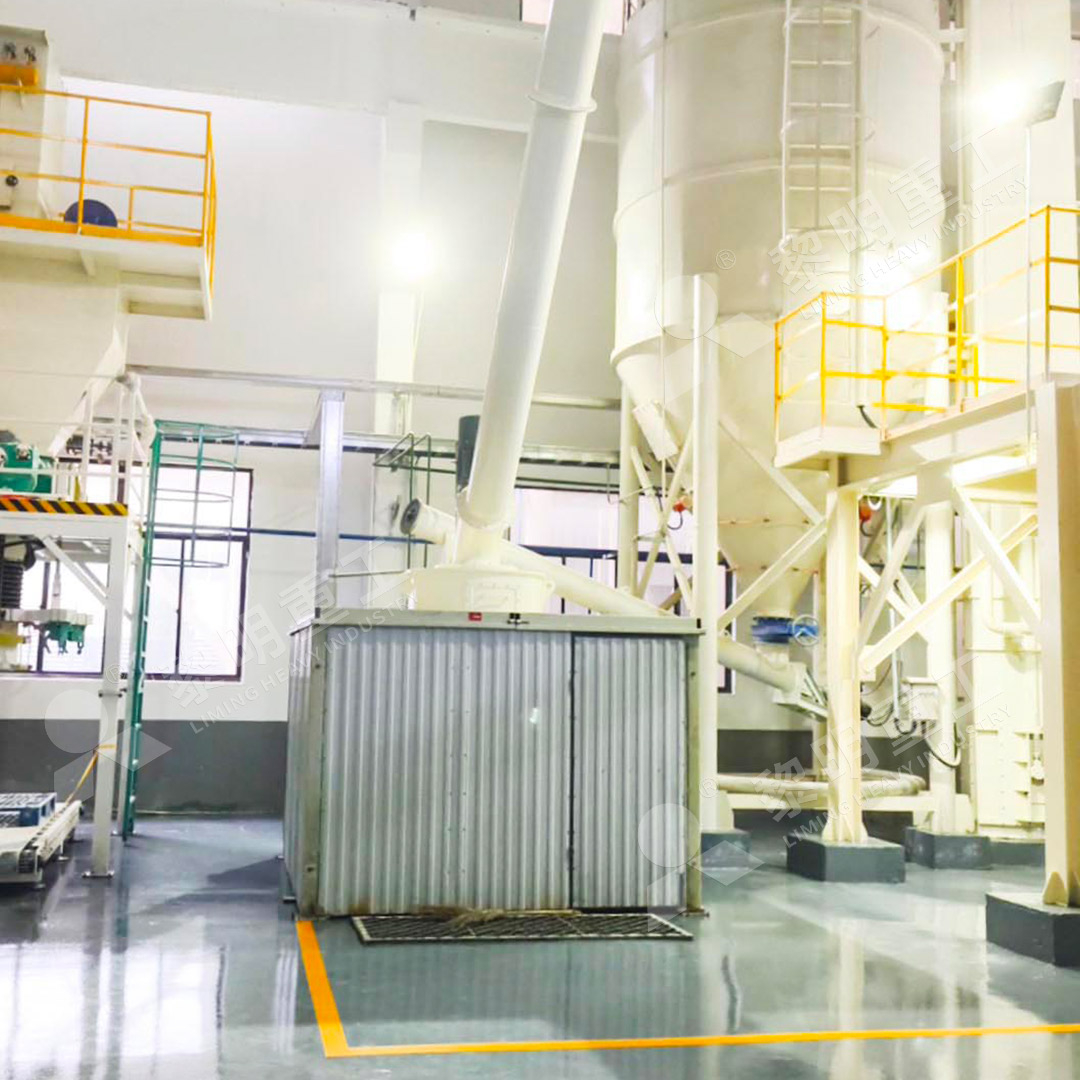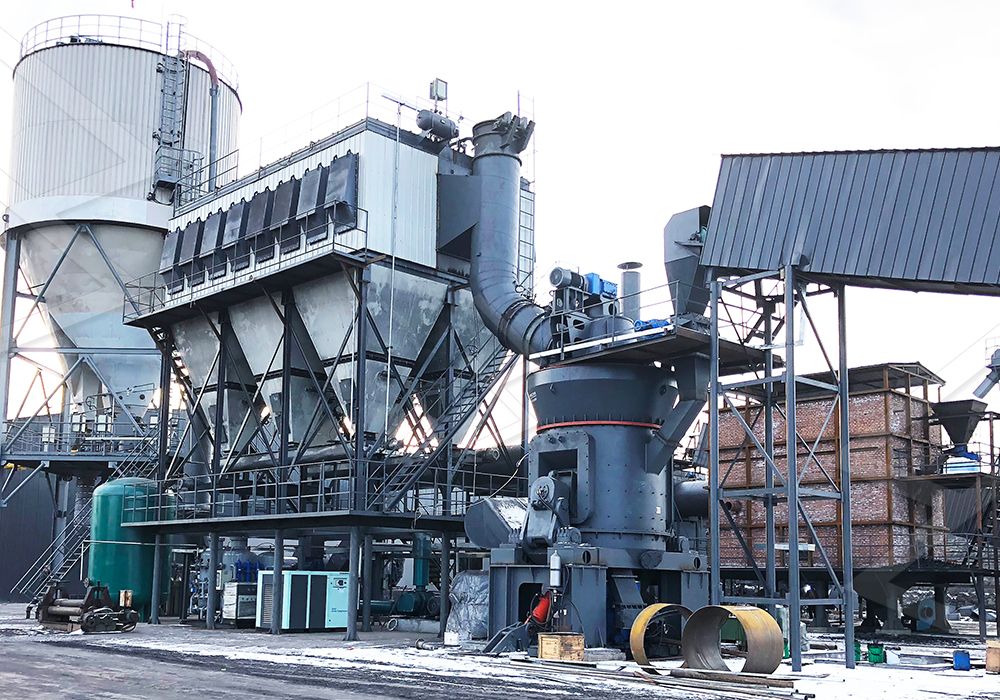High Efficiency Vertical Mill for Mineral Powder Production in Jiangsu
Revolutionizing Mineral Processing in Jiangsu’s Industrial Landscape
Jiangsu province, a thriving industrial hub in Eastern China, has witnessed remarkable advancements in mineral processing technology over the past decade. The region’s manufacturing sector demands increasingly sophisticated grinding solutions to meet stringent quality standards while maintaining operational efficiency. As production requirements evolve, the limitations of traditional ball mills and horizontal grinding systems become increasingly apparent—excessive energy consumption, large footprint, and inconsistent particle size distribution.

Vertical mill technology has emerged as the definitive solution for modern mineral powder production facilities. Unlike conventional systems, vertical mills integrate multiple processes—crushing, drying, grinding, classifying, and conveying—into a single compact unit. This integrated approach delivers substantial benefits: reduced energy consumption by 30-40%, decreased floor space requirements by approximately 50%, and superior control over final product fineness.
The Technical Superiority of Vertical Grinding Systems
Modern vertical mills employ sophisticated grinding mechanisms where materials are crushed between rotating rollers and a stationary grinding table. The ground materials are then transported by air flow to integrated classifiers that ensure precise particle size distribution. This closed-system design minimizes dust emissions while maximizing thermal efficiency during drying operations.
For operations requiring ultra-fine powder production with fineness between 325-2500 meshes, the MW Ultrafine Grinding Mill represents cutting-edge technology. With an input size capacity of 0-20 mm and production rates ranging from 0.5 to 25 tons per hour, this system incorporates German cage-type powder selection technology that achieves remarkable precision in particle separation. The absence of rolling bearings and screws within the grinding chamber eliminates common failure points, while external lubrication systems enable continuous 24-hour operation.

Advanced Features Driving Operational Excellence
The latest generation vertical mills incorporate multiple proprietary technologies that deliver tangible benefits to mineral processing operations. Digitalized processing through numerical control machine tools ensures exceptional machining precision, particularly for core components. Advanced PLC control systems enable precise regulation of grinding pressure and rotational speed, while multi-head powder separating technology facilitates rapid switching between different production requirements.
Environmental considerations are thoroughly addressed through integrated pulse dust collectors and muffler systems that maintain dust emissions and noise levels well below regulatory thresholds. The LUM Ultrafine Vertical Grinding Mill exemplifies this approach with its double position-limiting technology that prevents destructive impact between grinding components during operational vibrations. With capacity ranging from 5-18 tph and handling input sizes up to 10 mm, this mill incorporates reversible structures that simplify maintenance procedures, significantly reducing downtime during wear part replacement.
Application-Specific Solutions for Jiangsu’s Diverse Industries
Vertical grinding technology demonstrates remarkable versatility across Jiangsu’s industrial spectrum. From limestone and calcite processing for construction materials to talc and barite grinding for cosmetics and pharmaceuticals, these systems deliver consistent performance across diverse material characteristics. The ability to maintain low iron content in final products proves particularly valuable for applications requiring high whiteness and purity standards.

Operations managing softer materials benefit from the gentler grinding action and superior drying capabilities of vertical systems, while harder minerals are efficiently processed through optimized grinding curves and pressure settings. The flexibility to adjust fineness through simple operational parameter changes enables producers to quickly respond to shifting market demands without significant equipment modifications.
Frequently Asked Questions
What advantages do vertical mills offer over traditional ball mills for mineral powder production?
Vertical mills provide 30-40% energy savings, require approximately 50% less floor space, integrate multiple processes into a single unit, offer superior particle size control, and maintain lower operating temperatures that preserve material properties.
How does the MW Ultrafine Grinding Mill achieve such precise particle size distribution?
The MW mill incorporates advanced German cage-type powder selector technology with multiple heads that can be configured according to specific production requirements. This system, combined with precisely engineered grinding curves, enables adjustment between 325-2500 meshes with screening rates achieving d97≤5μm in a single pass.
What maintenance advantages do modern vertical mills provide?
Contemporary designs feature external lubrication systems that allow maintenance without shutdown, reversible structures that facilitate easy roller replacement, and the elimination of internal screws and rolling bearings in critical grinding areas. These features collectively reduce downtime and simplify routine maintenance procedures.
How do vertical mills address environmental compliance requirements?
Integrated pulse dust collectors ensure no dust pollution during operation, while silencers and noise elimination rooms maintain sound levels within regulatory limits. The closed-system operation under negative pressure prevents material escape, and energy-efficient designs reduce overall carbon footprint.
What materials are suitable for processing with vertical grinding mills?
Vertical mills effectively process a wide range of non-metallic minerals including limestone, calcite, dolomite, gypsum, barite, marble, talc, and coal powder. Specific models are optimized for different material characteristics and production requirements.
